New Additions to the Farm
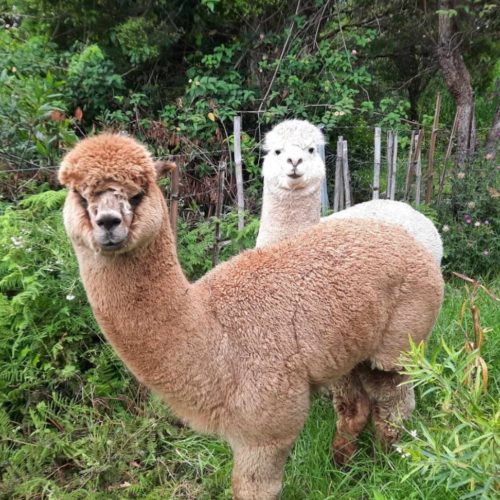 Last week we welcomed two new additions to the Green Connect Farm, our alpaca Carlos and Pedro! Alpaca are often mistaken for llama; they are closely related (both camelids), however alpaca are smaller.
Last week we welcomed two new additions to the Green Connect Farm, our alpaca Carlos and Pedro! Alpaca are often mistaken for llama; they are closely related (both camelids), however alpaca are smaller.
Carlos and Pedro will fullfil a very important role at the farm, acting as fox guards to protect our sheep and goats. Alpaca are naturally very aggressive towards foxes, so once they have bonded with their new foster herd we will not have to worry about foxes taking our lambs or kid goats. Not only that, we will be able to appreciate their company and good looks on a daily basis! Although they look adorable right now, alpaca do need shearing every year. Ours our booked in for shearing in the next couple of weeks, so if you visit the farm this summer they may look a little different to this photo.
Some alpaca facts…
- There are two distinct alpaca breeds; Huacaya and Suri. Our alpaca are Huacaya.
- Alpaca have two toes with toenails, not hooves. These nails need trimming occasionally (not a job we are particularly looking forward to)!
- Male alpaca are referred to as ‘macho’ and females ‘hembra.’
- Alpaca come in a range of colours. Carlos is white and Pedro is fawn.
- Alpaca can live for 15 to 20 years. Pedro is only 18 months old, whilst Carlos is 4 years old.
- Finally, yes, alpaca can spit! At this point Pedro seems far too good natured for this, however Carlos is a different matter…
We hope you’re able to come visit them (and us) soon!
Emily Henderson
Fair Food & Farm Manager
In your box:

Note: We sometimes need to make changes to what we pack in your veg box based on the quantity or quality of produce that we can harvest and source. If you have any questions about what is in your box, don’t hesitate to contact us at [email protected].
Did you know?
Chinese Celery: Chinese Celery, also known as Leaf of golden celery, is cultivated in East Asian countries for its edible, flavourful stalks and leaves. It has a golden colour and is smaller in size than normal celery. Rarely eaten raw because of its stronger flavour, its leaves and stems can be finely chopped to use in salads, soups, stews or stir-fried rice and noodle dishes. Try this Chinese celery stir-fry recipe for a delicious side dish!


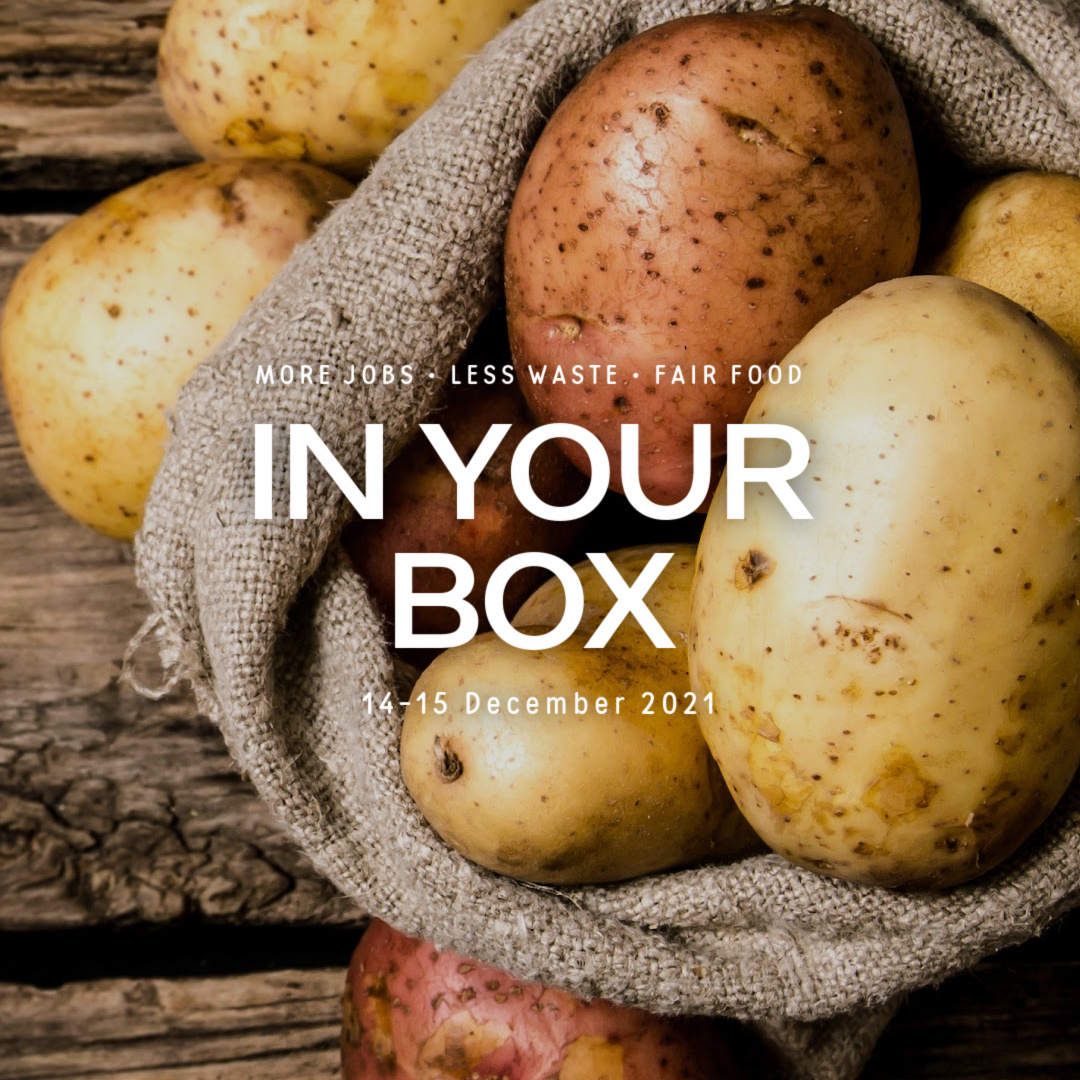
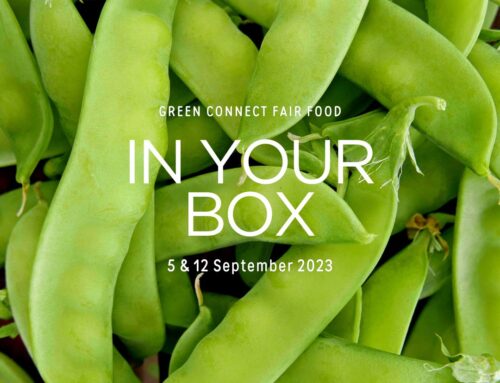


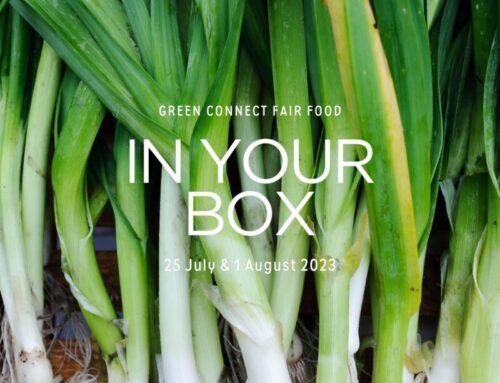
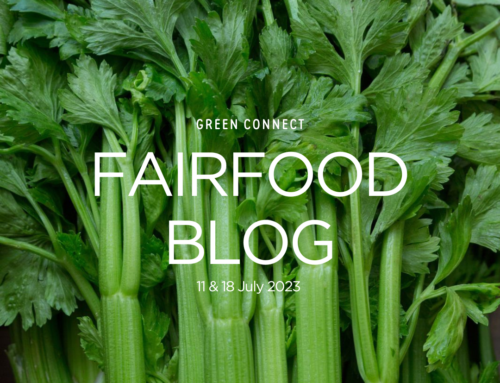
Leave A Comment
You must be logged in to post a comment.